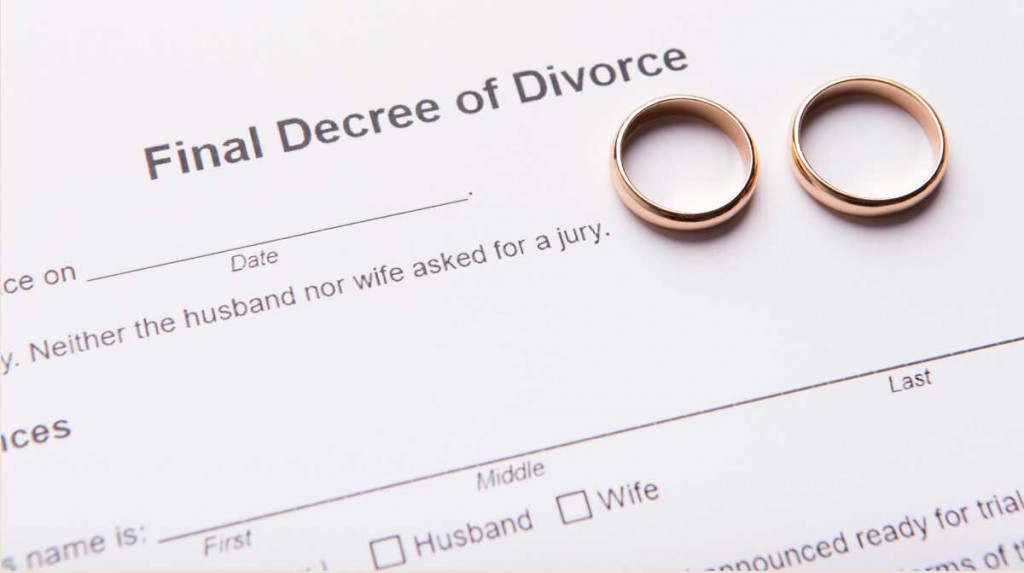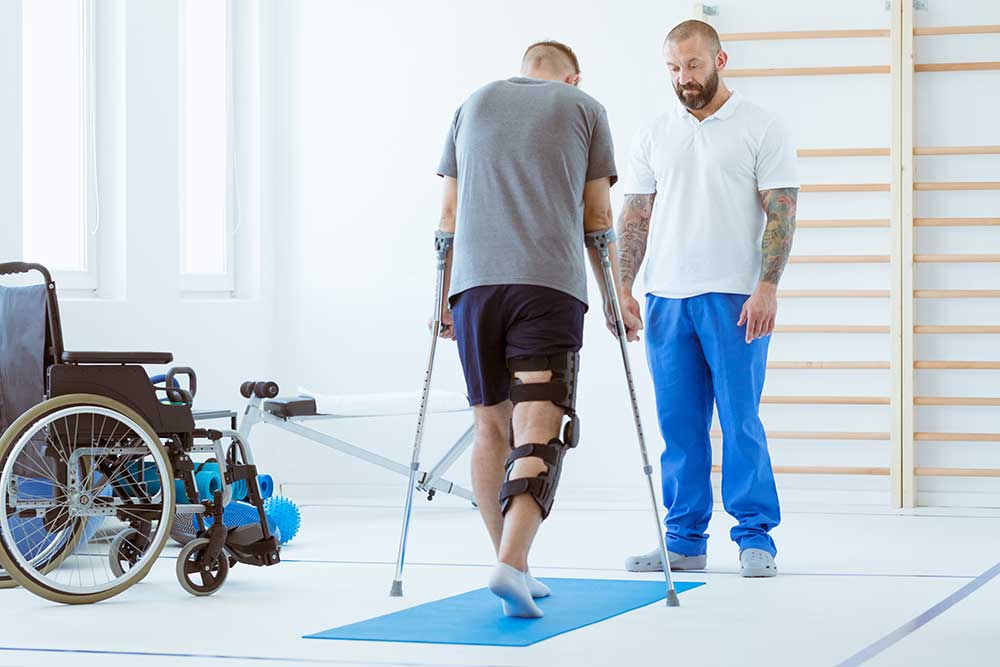Have you heard that the divorce rate after brain injury is really high? Have you read that the divorce rate for couples after brain injury is higher than the divorce rate for the general population? If you are a spouse or survivor of brain injury, you may be wondering whether your marriage is at risk.
Media reports suggest that as many as one half of all marriages in the United States will end in divorce. In fact, recent census data indicates that nearly half of all marriages will end in divorce. Believing that the divorce rate after brain injury is higher than the general divorce rate could be very frightening.
Research has given a mixed picture of divorce rates after brain injury. In the 1970s, researchers began to study post-injury divorce rates and found that 40% of couples were either separated or divorced seven years after injury.
A review of studies published after 1980 shows alarmingly high post-injury divorce rates ranging from 48% to 78%.

There is little doubt that brain injury can strain marriages. Spouses often take on many of the injured person’s responsibilities, though they may have little experience with their new responsibilities. Unemployment rates after brain injury are relatively high and many insurance companies do not cover the costs of therapy, adding to financial stresses.
Brain injury often brings on drastic personality changes which may include irritability, depression, limited awareness of injury-related changes, and argumentativeness.
Some spouses have reported, “I’m married, but have no husband” and/or “I’m married to a stranger.”
Knowing the importance of marriage and the need to provide families with valid information, Traumatic Brain Injury Model System (TBIMS) researchers at Virginia Commonwealth University (VCU) looked more closely at research on marriage after brain injury. They found that many of the earlier studies were carried out in Europe where the social and legal system is different than the United States. Furthermore, many of the studies relied on small sample sizes which may not accurately reflect the larger population.

In 2007, Virginia Commonwealth University TBI Model Systems researchers published one of the first comprehensive investigations of marriage after brain injury. The researchers gathered information from 120 people with mild, moderate, and severe injuries who were married at the time of their injury.
Survivors three to eight years post-injury, averaging 41 years of age, were asked about their marital status. Results showed that 3 out of 4 (90/120) remained married at the time of follow-up.
As a result of their research, the VCU investigators became concerned that past studies may have produced misleading negative information. In their published research paper, the authors stated, “The present investigation does not [support] the notion that divorce rates for persons with brain injury are higher than those for the general population.”

In 2008, VCU investigators led a multicenter research team which investigated marital stability after brain injury. Information on marital status was collected at 16 NIDRR-funded TBI Model Systems around the country. This study was the largest scale study on marriage after brain injury to date and included 977 persons from different ethnic and cultural backgrounds.
The research team found that 85% of survivors remained married for at least two years post injury.
In summary, recent research suggests the rate of divorce after brain injury may, in fact, be much lower than divorce rates for the general population. The news is encouraging. While some spouses report more stresses and marital troubles post-injury, some report connecting with each other in new, positive ways as they face injury-related challenges together.
Marriage is clearly an important part of our culture and a major element of many people’s lives. Still, more research is needed to better understand how injury affects marriages and what can be done to preserve and enrich relationships. First, we need to better understand how the quality of relationships is affected in good and bad ways. Second, we must develop strategies to strengthen marriages so that both partners describe the relationship as positive and fulfilling. There is good reason to be hopeful.

Here are more findings:
- 17% of survivors were divorced and 8% were separated, an overall marital breakdown rate of 25%
- male and female survivors had similar marital breakdown rates the more serious the injury, the greater likelihood of divorce; for example, on average, people who were divorced had been unconscious three times as long as people who were still married
- age mattered; people who were older at the time of injury were much more likely to stay
- married; no participant 60 years old or older was separated or divorced
- length of marriage was important; people who had been married for longer periods of time before the injury were more likely to stay married after the injury; none of the couples married 30 years or more before the injury got separated or divorced.
Other important study results:
- only 15% of subjects were separated or divorced
- age was a very important predictor of marital stability with older persons less likely to divorce
- male survivors were more likely to have an unstable marriage (i.e. to be separated or divorced) than female survivors
- cause of injury was an important factor; persons who were injured as a result of violence were less likely to be married at follow-up
- for minority group members, persons with more severe injuries were more likely to remain married
Shared from the Brainline Website





Customer Reviews
Thanks for submitting your comment!